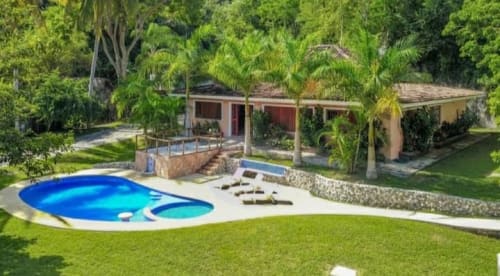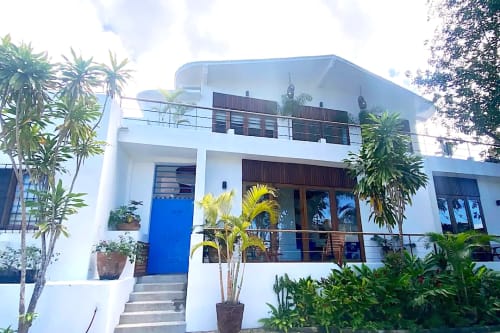During my conversation with Earl Bell regarding GIS system services, he shared with me some information about his background and his impressive effort in producing maps for the Sayulita area.
- Can you tell us about your background and how you became interested in geographic information system (GIS) services?
I got a bachelor’s degree in Geography from Texas Tech and then became a contractor for the military doing natural resource management projects in New Mexico. I learned GIS while working on an erosion survey for the military. Being a very visual person, I fell in love with the technology. I later became the tribal geographer for the Mescalero Apache Tribe and then started a GIS consulting and mapping business.
- What is the difference between geographic information systems (GIS) and cartography?
Cartography creates a graphic representation of a geographic area or a map. GIS contains data that can be used to store and retrieve information used for analysis. Cartography can’t analyze information.
- How do you approach a new GIS mapping project? Can you walk us through your process?
The first step is to gather existing data for the project area. After you have determined what data already exist, you can then determine what additional data needs to be collected and what methods need to be used to collect the data. The next step is collecting the data. Lastly, a map is made that normally illustrates a problem and a proposed solution.
- What role do maps play in society, and how do you think they shape our understanding of the world?
Maps are essential because they communicate geographic information in simple way. By visually representing relationships between societies and their surroundings, maps help us solve many problems, from how to best use our resources to how to get from point a to point b.
- How do you use GIS technology to enhance your mapping work, and what specific tools or software do you typically use?
GIS enhances mapping by having the ability to retrieve data used for map production. For instance, road names are stored in a database that can label roads automatically with the data stored in the database.
I use various GPS devices, most commonly mapping apps on my phone. If a project requires high accuracy, I use special GPS devices. ESRI makes the various GIS software packages that I use.
- How do you ensure the accuracy of your GIS maps, and what steps do you take to verify your data sources?
For this trail mapping project, I used crowdsourced data to determine where the trails were, then I went out and hiked and mapped the trails to ensure they were accurate. Field visits are important for assuring the accuracy of your data. I also downloaded the road data and used the crowdsource data to check accuracy. Peer review is an important way to make sure your data is correct.
- Can you share a little bit about how you went about creating the maps in Sayulita?
Last year when I came to Sayulita, I was learning new GIS software and needed to collect data to make a map. I love to hike, so I decided to map the trails north of town. Before I came back this year, I was reading about trails on the Sayulita Life website and thought it would be fun to make maps of the trail descriptions on your website.
A big thank you to Thank Earl Bell for all the hard work he put into creating these remarkable maps, head over to https://www.sayulitalife.com/sayulita-hiking-maps to check them out.



